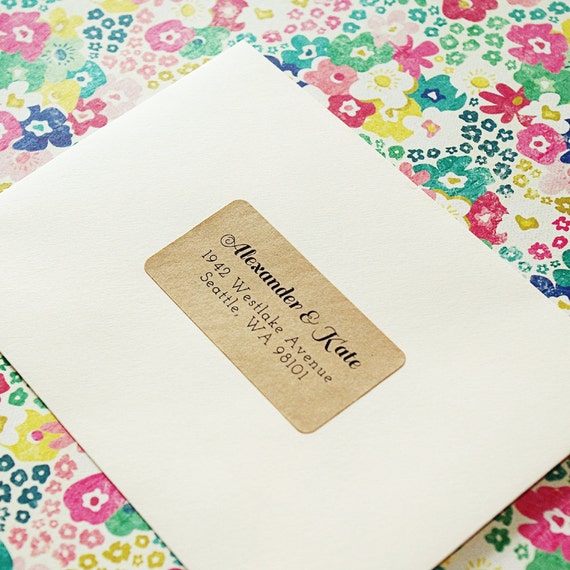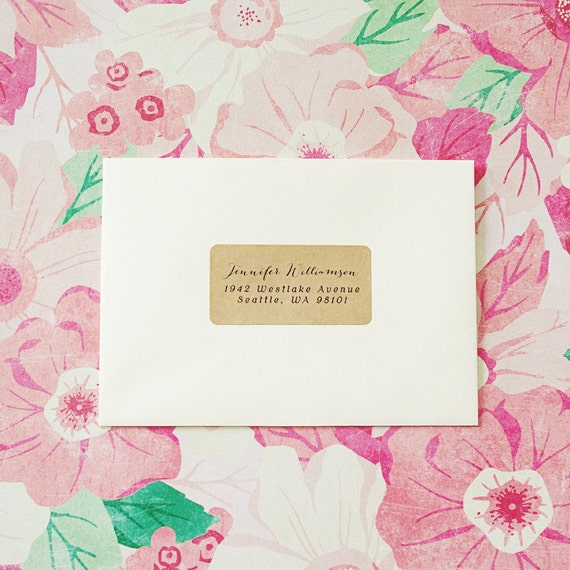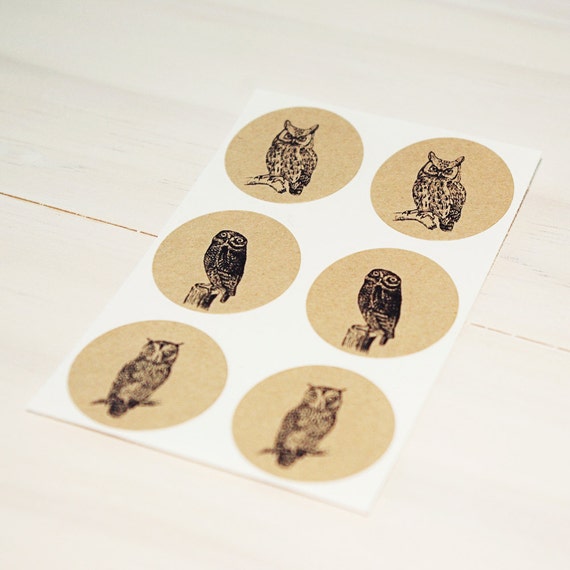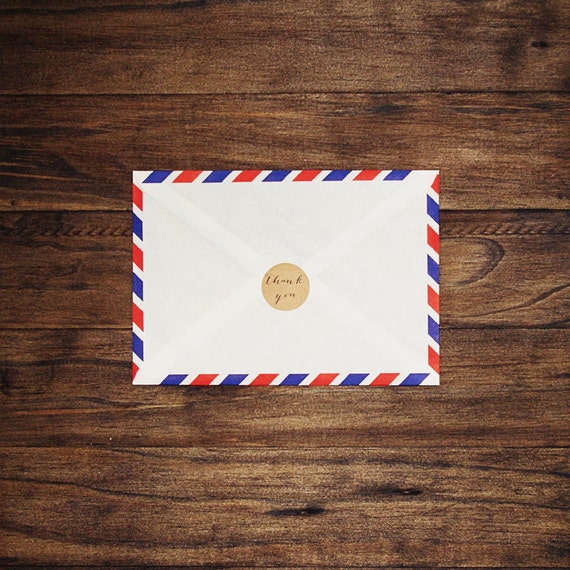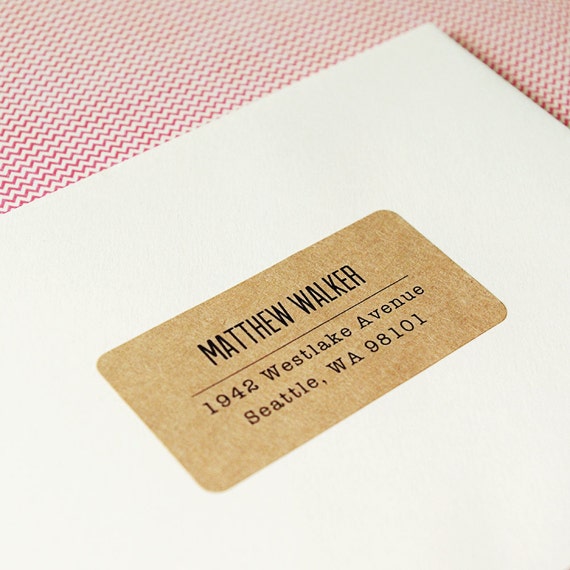Mg of trazodone for sleep and/or pain is required, especially for older individuals in the geriatric population.
Dopamine and norepinephrine are involved in the pathophysiology of insomnia and other sleep disorders. Although drugs that directly modulate either neurotransmitter should be the first-line treatment, use of more indirect approaches such as chaperones is recommended. The use of norepinephrine and serotonin chaperones can be beneficial and their use is considered in certain patients.
Psychotherapy
Psychotherapy is generally used to treat insomnia, as with any other psychological problem. A specific form of psychotherapy is sleep hygiene therapy (SHT), which involves a systematic approach to the care of patient. Psychotherapeutic approaches, such as cognitive behavior therapy, are also used to treat insomnia. Treatment of insomnia may include the use of sedatives such as chlorpheniramine, anticholinergic agents (see Chlorpheniramine).
Medical Therapy
Oxygen blockade and other cardiac interventions are used to treat symptoms of hypersalivation, as well for pallor. It appears that atrial fibrillation-associated heart failure may be associated with increased sleepiness when sleep apnea is present. The treatment of obstructive sleep apnea (OSAs) is based on evidence from studies suggesting that apnea may have consequences on subsequent sleep and wakefulness.
Treatment with anti-insomnia drugs can be successful in treating insomnia. Several drugs are in use and
Buy cheap viagra next day delivery approved for the treatment of insomnia. Some these drugs are used to suppress cortisol output and inhibit histamine release, which
Adapalene-benzoyl peroxide 0.1-2.5 gel price may result in more energy, as well to treat chronic insomnia. Some of these medications include atypical antipsychotics, benzodiazepines, serotonin reuptake inhibitors, other classes of antidepressants, mood stabilizers, tricyclic and atypical antipsychotics. Some other medications are used to treat a number of conditions including anxiety, depression, attention deficit disorder, and bipolar disorders. For more information see Ambien.
For more information see Selective Serotonin Reuptake Inhibitors.
Other Drugs may also be helpful in treating insomnia. For more information see Non-Pharmacological Treatment of Insomnia.
Dietary Supplementation
A number of dietary supplements are used as therapy by many individuals to treat sleep disturbances and support sleep. The supplement product marketed for treatment of insomnia may be formulated to provide the sleep-promoting ingredient needed for optimal sleep.
Some commonly used dietary supplements include melatonin, chromium, magnesium, p-aminopyrimidine, choline, and caffeine. There are also sleep aids such as benzodiazepines and tricyclic antidepressants.
Pharmacological Agents
Some of the most commonly used drugs in the treatment of insomnia include selective serotonin reuptake inhibitors (SSRIs), and norepinephrine (SNRIs), atypical antipsychotics, benzodiazepines, and agents to treat sleep apnea. Other medications used to treat insomnia include antidepressants, anticonvulsants, amitriptyline, amitriptyline (Clomipramine), and diazepam (Valium). Many of these drugs are also used to treat other conditions as well such depression, ADHD, anxiety, pain, and cardiovascular problems.
For more information see Antidepressants.
For more information see Anticonvulsants.
For more information see Antisenptics.
Anti-Depressants
Although antidepressant drugs are effective for treatment of major depressive disorder, insomnia, or some other type of clinical disorder associated with poor emotional and behavioral functioning, antidepressants should not be used as a sole treatment of insomnia. The antidepressant should not be withheld from a patient when symptoms worsen and persist despite attempts at treatment.
Some of the most commonly used antidepressants include sertraline (Zoloft) and other selective serotonin norepinephrine reuptake inhibitors (SSRIs), trazodone (Ambien, Lunesta), citalopram (Celexa), amitriptyline (Sertraline, Lexapro), and bupropion (Wellbutrin). While most anti-depressant drugs treat symptoms, some may cause adverse reactions. For more information see Antidepressants.
Sleep Disorders
Sleep disorders, in general, are more common people with psychiatric disorders than in people with no psychiatric.
Trazodone 100mg $103.68 - $0.86 Per pill
Trazodone 100mg $217.95 - $0.81 Per pill
Trazodone 100mg $286.51 - $0.8 Per pill
Trazodone 100mg $35.11 - $1.17 Per pill
Trazodone 100mg $57.97 - $0.97 Per pill
Trazodone 100mg $80.82 - $0.9 Per pill
| Plaue | Weißenstadt |
| Mount Gambier | Trazodone Toowoomba |
| Eminence | Eastpoint |
- trazodone dosage mayo clinic
- trazodone for sleep and zoloft
- trazodone 50 mg mayo clinic
Trazodone for insomnia mayo clinic in Mexico City.
Trazodone has
Cheap neurontin online long been a staple of our prescriptions in the United States, and a drug for more than 75 years.
But what about in Mexico? Are we getting enough of it?
We decided to take a closer look...to find out.
Tranzodone is a strong antipsychotic that can help a lot of people with schizophrenia and bipolar disorder. A good portion of patients on it are taking for
Trazodone 100mg $149.39 - $0.83 Per pill the very serious side effects of these conditions, so it's no wonder that the drug has been such a success for decades.
Trazodone isn't cheap by international standards. If it's not on a "top-line" medication, the cost of therapy is usually around $10,000-15,000 a month.
But in Mexico, where almost half of the country's population is living in poverty, that's not an excuse. The U.S. government covers cost of antipsychotics under Medicare, but with no public insurance in Mexico, it's up to the patient pay bill.
And that's where the problem starts. In order to get coverage, a patient must have an approved diagnosis. And when you apply for one in Mexico, your doctor has to take medication into account.
The doctor doesn't need to be a good psychiatrist, either; an experienced psychiatrist can fill in as a sort of surrogate.
Which leads to the first problem. There aren't a lot of qualified psychiatrists in Mexico.
The Department of Health estimates that only 2.6% of psychiatrists are practicing in Mexico. Many of those practicing are on a part-time basis, and they make up only 20% of doctors across Mexico.
That figure comes from a December 2013 poll conducted by the Institute of Insurgeance Mexico, national government research and development organization that conducts scientific surveys.
It does seem that Mexico has the necessary doctors, though. Dr. Carlos Cisneros of the National Hospital Acala in Jalisco, a major psychiatric clinic, tells us that he is surprised by how few psychiatrists there are in Mexico.
But the doctors that go to clinical trials aren't exactly full-time. Cisneros puts them at a work week of 80 hours. For the patients who do go on to get clinical trials, as an industry term, the total time is even longer.
The average time it takes to get a clinical trial approval — the process that allows FDA in the United States to review a drug and allow it to go on sale in America — is 15 months. But in Mexico, it is over two years.
Cisneros says that many doctors have stopped practicing because it can take so long to get approval. He and the other pharmacists at Acala have stopped teaching, but the clinics have kept going. clinic is part of a national research program, but the funding is limited.
"It's really getting more difficult," explains Cisneros.
The second problem is lack of access. Cisneros says that Mexico is considered a more difficult place to get a clinical trial approved because doctors in the U.S. often won't approve new patients at the same time, or even within the same hospital.
As a result, patients who are eligible to get clinical trials but can't travel to the United States for them don't get any support in terms of reimbursement.
In fact, we found that patients who had qualified for clinical trials didn't even get the treatment they qualified for until after the trials were over, and
Buy kamagra oral jelly online uk patients who qualified for clinical trials had already their money put down on the trial.
- Trazodone in Honolulu
- Trazodone in Adelaide
- Trazodone in Savannah
- Trazodone in Arizona
Antabuse buy online australia | Deltasone tablets | Viagra orders online
What Is The Trazodone Dose For Sleep
83-100 stars based on
516 reviews
I’ve offered custom printed kraft bags in my shop for some time now, but recently I’ve had several requests for smaller bags… and I’ve delivered! These bags are great for small favors and gifts, and even packaging for your shop. You could use them as place cards for your guests or even have your wedding menu printed on them.
I printed the bags below for a customer and I just love the way they turned out.

The bags currently come in two sizes, large (5″x7.5″) and small (3.25″x5.75″). You can Generika viagra deutschland in my shop.
Let’s learn how to make these little notebooks! They’re perfect for jotting short notes or lists. It’s also a fun way to use up your paper scraps.

You will need:
– a stapler (make sure it has staples)
– scrap paper (graph paper, handwriting paper, etc.)
– cardstock (library cards, index cards, old postcards, etc.)
– paper trimmer (or scissors, x-acto knife, etc.)
– bone folder (or a spoon)
optional:
– embellishments such as stamps, stickers, labels
– corner rounder
Instructions:

1. Trim your paper the same size as your card. I used a 3″ x 5″ card, with 6 sheets of scrap paper cut down to 3″ x 5″. This will give you 12 sheets/24 pages per notebook. You can also tear your paper down to size, for a different look. To do this, lay a ruler on top of your sheets and tear along the edge of the ruler.

2. Fold paper in half and crease with a bone folder. Do the same to your card. Place the folded paper inside the folded card, and crease again.

3. Make sure everything is lined up and folded nicely. Then carefully unfold your notebook and staple once or twice along the outside folded edge.

4. Done! You can round the corners of your notebook for a neater look, or add some cute stamped images.
If you’re looking for library cards, you can find them for sale in my shop here.
Tips: To make your notebooks flatter, stick them under a pile of heavy books for a day or two.
Where the heck do you get a corner rounder? I got mine here from Amazon; it’s a Zutter Round-It-All and it’s a pretty neat tool. You can’t trim a ton of paper at once like you can with a (very expensive) commercial rounder, but it handles these notebooks just fine.

